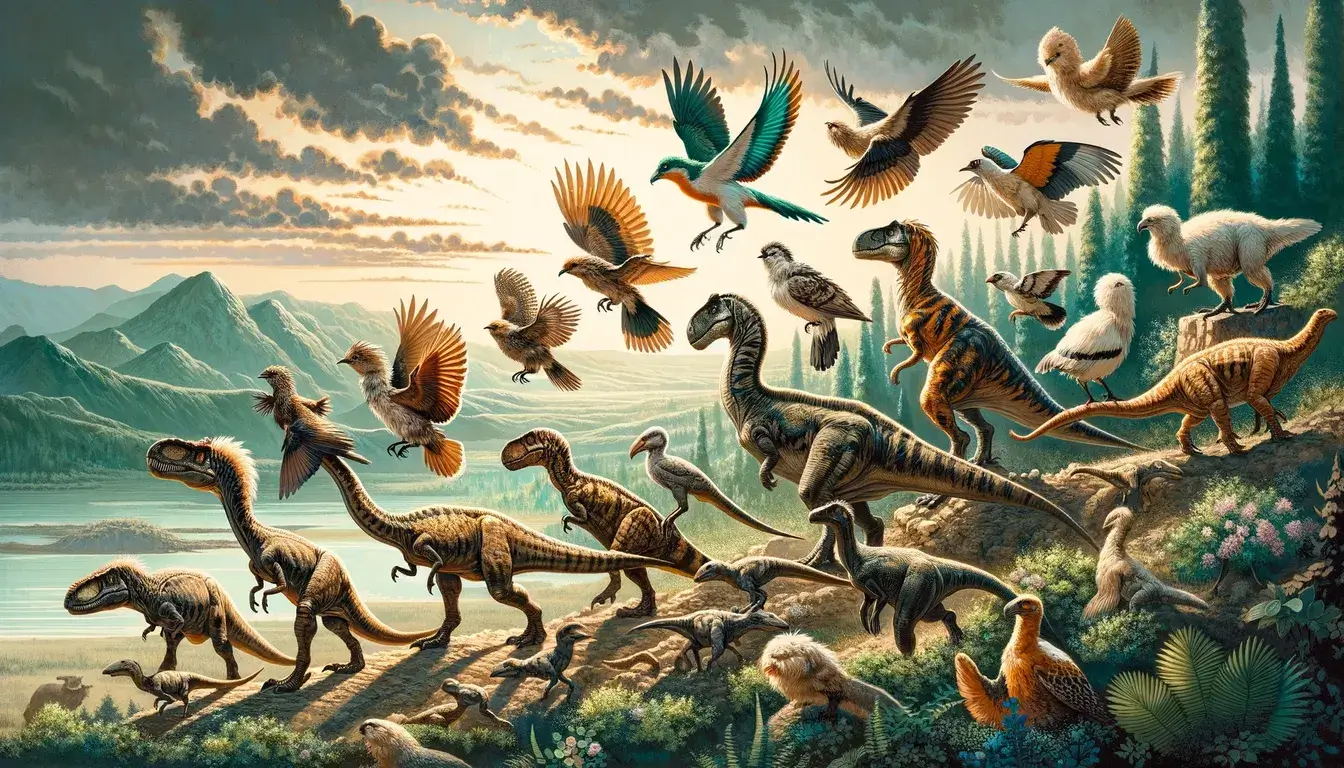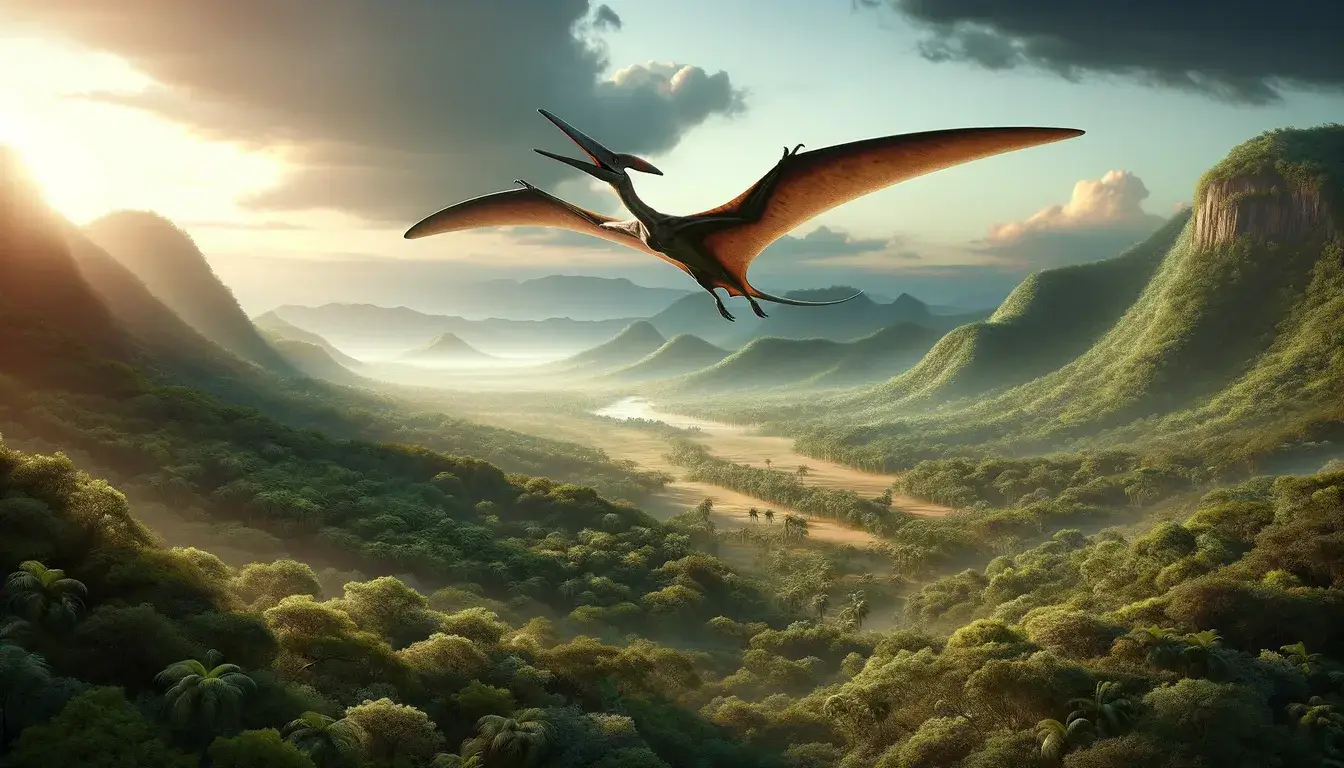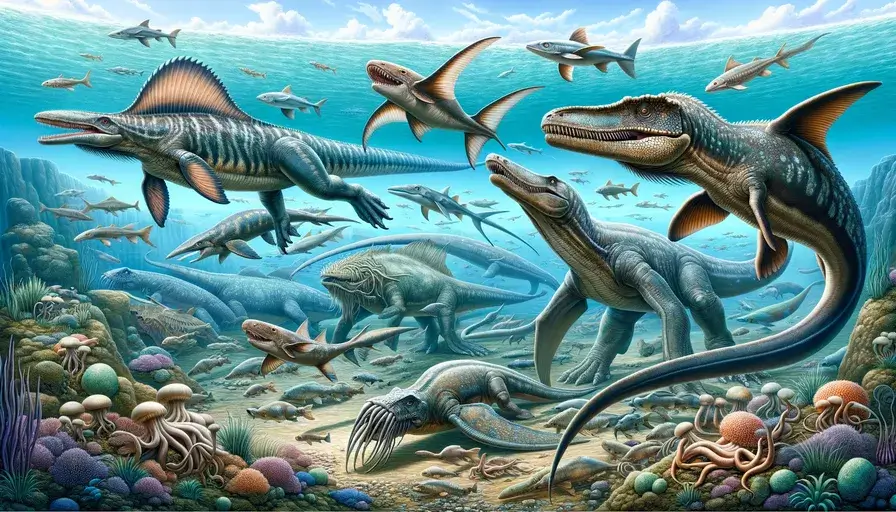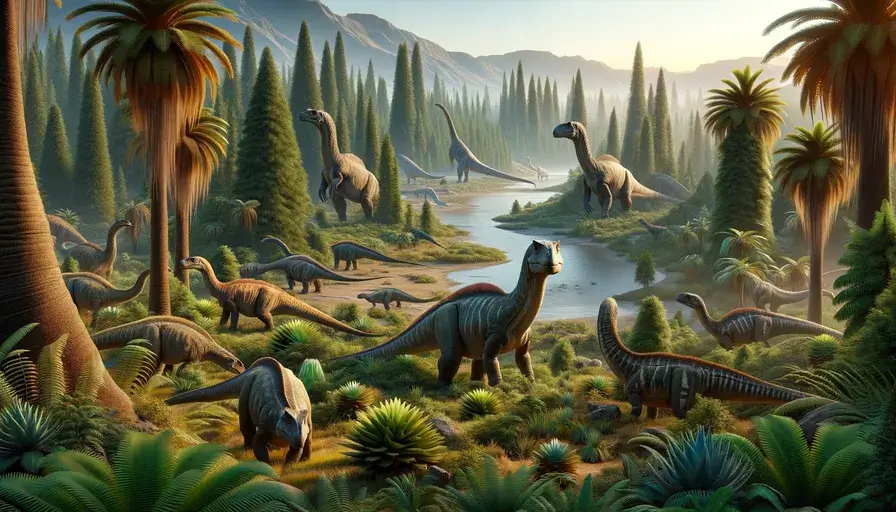Have you ever wondered what it would be like to walk among the giants of the prehistoric world? The Cretaceous period, spanning from 145 to 66 million years ago, was a time when some of the most iconic dinosaurs roamed the Earth. From the towering Tyrannosaurus rex to the long-necked Brachiosaurus, these creatures have captured our imaginations and ignited a fascination with the distant past.
In this guide, we’ll take a journey back in time to explore the iconic dinosaurs that lived during the Cretaceous period. You’ll learn about their unique characteristics, habitats, and the role they played in the ecosystems of their time.
The Cretaceous Period: A Time of Giants
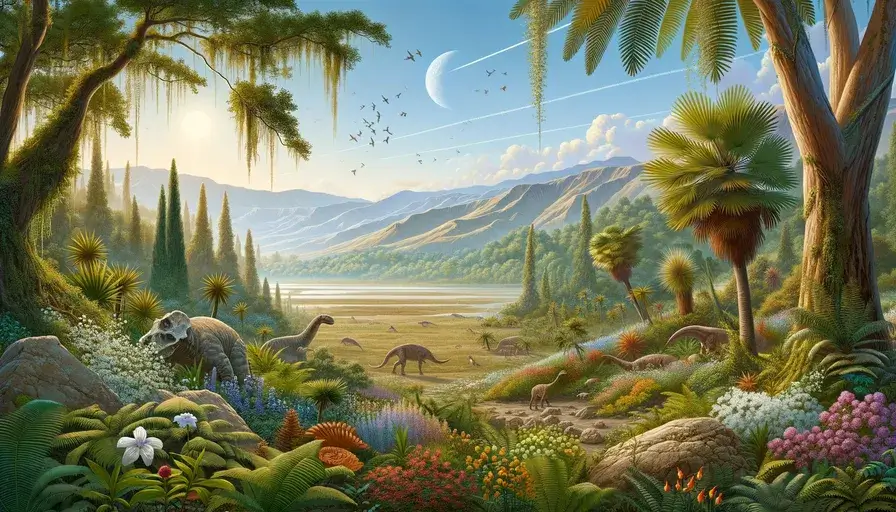
The Cretaceous period was the last and longest segment of the Mesozoic Era, known as the “Age of Reptiles.” During this time, dinosaurs reached their peak in terms of size, diversity, and distribution. The Earth was a different place back then, with warmer temperatures, higher sea levels, and a distinct arrangement of continents.
The Changing Landscape
Throughout the Cretaceous, the Earth underwent significant changes:
- Continents continued to drift apart, with the Atlantic Ocean widening and the Indian subcontinent breaking away from Africa
- Flowering plants (angiosperms) emerged and diversified, altering the composition of forests and providing new food sources for herbivorous dinosaurs
- The climate was generally warm and humid, with no permanent polar ice caps
These environmental factors played a crucial role in shaping the evolution and adaptations of the iconic dinosaurs that lived during this time.
Iconic Dinosaurs of the Cretaceous
Tyrannosaurus Rex: The King of the Dinosaurs
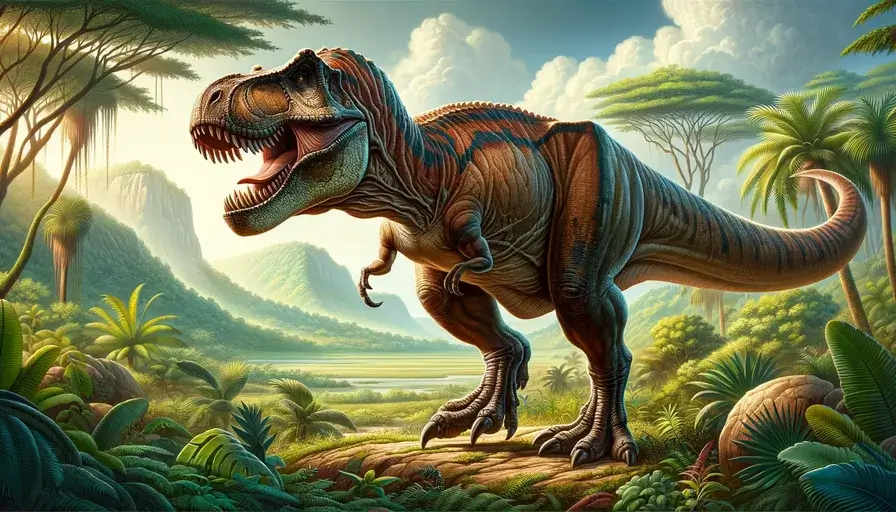
Tyrannosaurus rex, often simply called T. rex, is perhaps the most famous dinosaur of all time. This massive theropod lived during the Late Cretaceous and was one of the last non-avian dinosaurs to exist before the Cretaceous-Paleogene extinction event.
Key Facts:
- Length: Up to 40 feet (12.3 meters)
- Height: Up to 12 feet (3.7 meters) at the hips
- Weight: Up to 9 tons (8.2 metric tons)
- Diet: Carnivorous
- Habitat: North America
Unique Characteristics:
- Massive skull with powerful jaws and serrated teeth
- Relatively small arms with two clawed fingers
- Strong hindlimbs and a long, heavy tail for balance
Fun Fact: Despite its fearsome reputation, T. rex had excellent binocular vision and a keen sense of smell, making it a highly efficient predator.
Triceratops: The Three-Horned Face
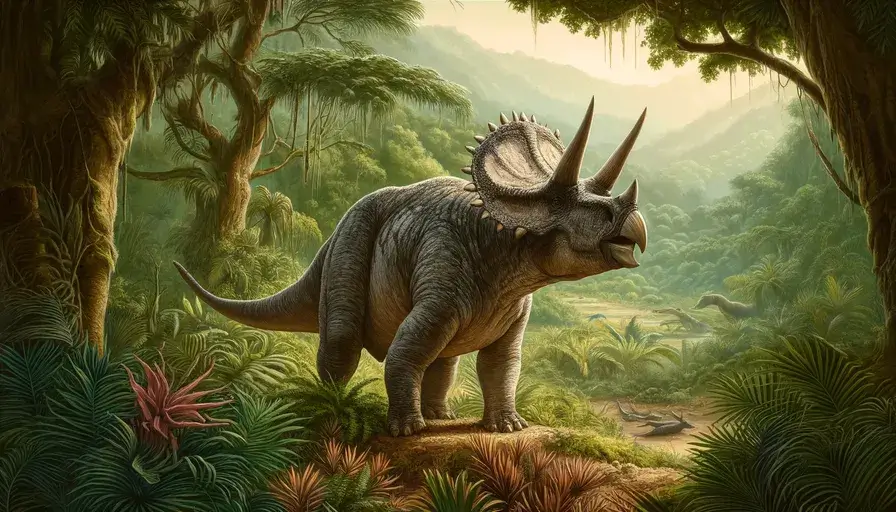
Triceratops, meaning “three-horned face,” was a large ceratopsian dinosaur that lived during the Late Cretaceous. It is one of the most recognizable dinosaurs due to its distinctive skull adorned with three horns and a bony frill.
Key Facts:
- Length: Up to 30 feet (9 meters)
- Height: Up to 10 feet (3 meters)
- Weight: Up to 12 tons (11 metric tons)
- Diet: Herbivorous
- Habitat: North America
Unique Characteristics:
- Three horns: one on the snout and two above the eyes
- Large bony frill at the back of the skull
- Beak-like mouth for cropping vegetation
Did You Know? Triceratops and its relatives, the ceratopsians, were among the last major dinosaur groups to evolve, appearing only during the Late Cretaceous.
Velociraptor: Swift and Skilled
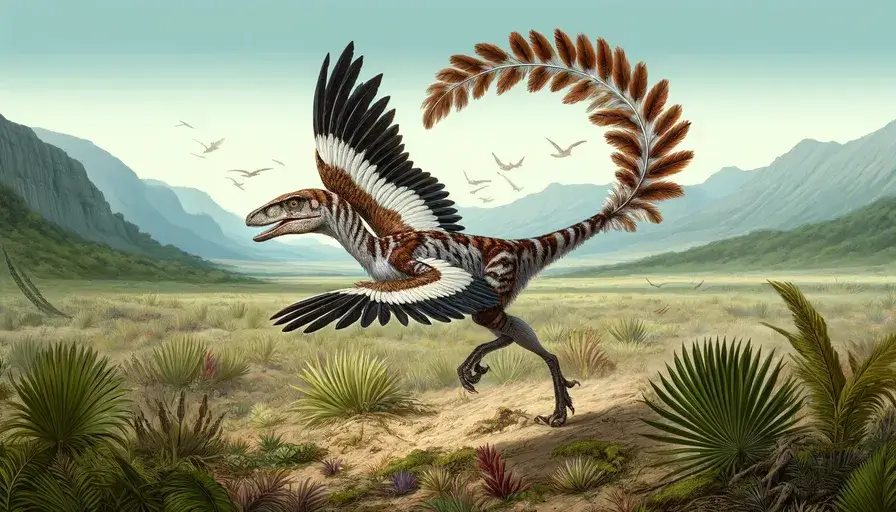
Velociraptor, meaning “swift seizer,” was a small, feathered dromaeosaurid theropod that lived during the Late Cretaceous. While often depicted as larger in popular media, Velociraptor was actually about the size of a turkey.
Key Facts:
- Length: Up to 6.8 feet (2.1 meters)
- Height: Up to 1.6 feet (0.5 meters) at the hips
- Weight: Up to 33 pounds (15 kilograms)
- Diet: Carnivorous
- Habitat: Asia (Mongolia)
Unique Characteristics:
- Elongated skull with a narrow snout
- Enlarged, sickle-shaped claw on the second toe of each hindfoot
- Long, stiff tail for balance and agility
Fascinating Fact: Velociraptor, like other dromaeosaurids, had feathers covering most of its body, which likely served purposes such as insulation, display, and even limited flight capabilities.
The Legacy of Cretaceous Dinosaurs
The iconic dinosaurs of the Cretaceous have left an indelible mark on our understanding of prehistoric life. Their fossils, preserved in sedimentary rocks around the world, provide a glimpse into a time when these magnificent creatures dominated the Earth.
Today, paleontologists continue to study Cretaceous dinosaurs, uncovering new species and refining our knowledge of their anatomy, behavior, and ecology. Through ongoing research and discoveries, we can better appreciate the diversity and adaptations of these ancient animals.
Conclusion
The iconic dinosaurs of the Cretaceous period, such as Tyrannosaurus rex, Triceratops, and Velociraptor, have captured our imaginations and fueled our fascination with the prehistoric world. By understanding their unique characteristics, habitats, and evolutionary history, we can gain a deeper appreciation for the incredible diversity of life that has existed on Earth.
As we continue to explore the fossil record and make new discoveries, our knowledge of Cretaceous dinosaurs will undoubtedly grow, shedding light on the captivating world of these ancient giants. So, the next time you see a depiction of a T. rex or a Triceratops, remember the incredible journey these creatures have taken through time, and the enduring legacy they have left behind.

